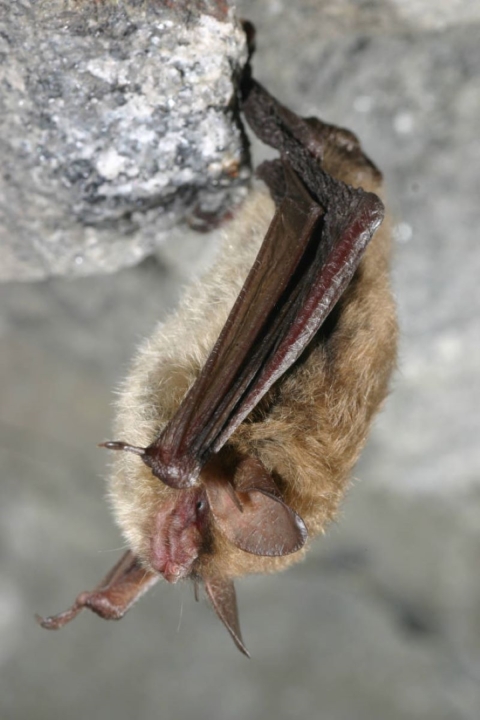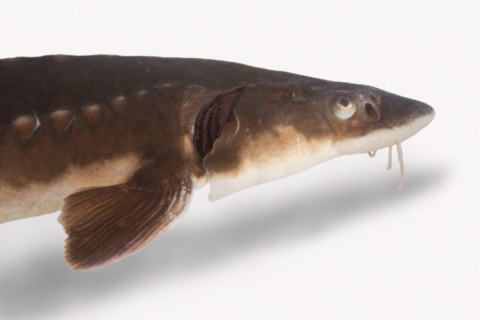Featured Species
The Long Island Field Office is involved in recovery efforts for threatened and endangered species on Long Island, New York City, and Rockland and Westchester Counties. These efforts include on-site monitoring, participation in plant and animal census surveys, predator management, oil-spill cleanups, public and private landowner assistance, public education, and outreach.
As the principal federal partner responsible for administering the Endangered Species Act (ESA), we take the lead in recovering and conserving our Nation's imperiled species by fostering partnerships, employing scientific excellence, and developing a workforce of conservation leaders.
As we work in partnership with others, our two major goals are to:
- Protect endangered and threatened species, and then pursue their recovery; and
- Conserve candidate species and species-at-risk so that listing under the ESA is not necessary.
The U.S. Fish and Wildlife Service’s endangered species responsibilities include the following:
- Listing, reclassifying, and delisting under the ESA
- Providing information and biological opinions (through the Project Reviews process) to federal agencies on their activities that may affect listed species
- Enforcing species protection under the Act
- Overseeing recovery activities for listed species
- Providing for the protection of important habitat
- Providing assistance to states and others to assist with their endangered species conservation efforts
For definitions and details on the meaning behind species listing statuses, follow the links below:
Federally Listed, Proposed, and Candidate Species on Long Island
Plants
SANDPLAIN GERARDIA(Agalinis acuta) – Endangered
Seabeach amaranth (Amaranthus pumilus) – Threatened
Insects
Monarch Butterfly (Danaus plexippus) – Candidate
- 12/15/2020 Monarch butterfly becomes candidate for listing under ESA
Northeastern Beach Tiger Beetle (Cicindela dorsalis dorsalis) – Threatened
Birds
BALD EAGLE (Haliaeetus leucocephalus) – Delisted
BLACK RAIL (Laterallus jamaicensis) – Threatened
Piping plover (Charadrius melodus) Atlantic Coast Breeding Population - Threatened
RED KNOT (Calidris canutus) – Threatened
ROSEATE TERN (Sterna dougallii dougallii) – Endangered
Reptiles
Green Sea Turtle (Chelonia mydas) – Endangered
Kemp's Ridley Sea Turtle (Lepidochelys kempii) – Endangered
Leatherback Sea Turtle (Dermochelys coriacea) – Endangered
Loggerhead Sea Turtle (Caretta caretta) – Endangered
Mammals
NORTHERN LONG-EARED BAT (Myotis septentrionalis) – Threatened
Fish
ATLANTIC STURGEON (Acipenser oxyrinchus oxyrinchus) – Endangered
SHORTNOSE STURGEON (Acipenser brevirostrum) – Endangered
























